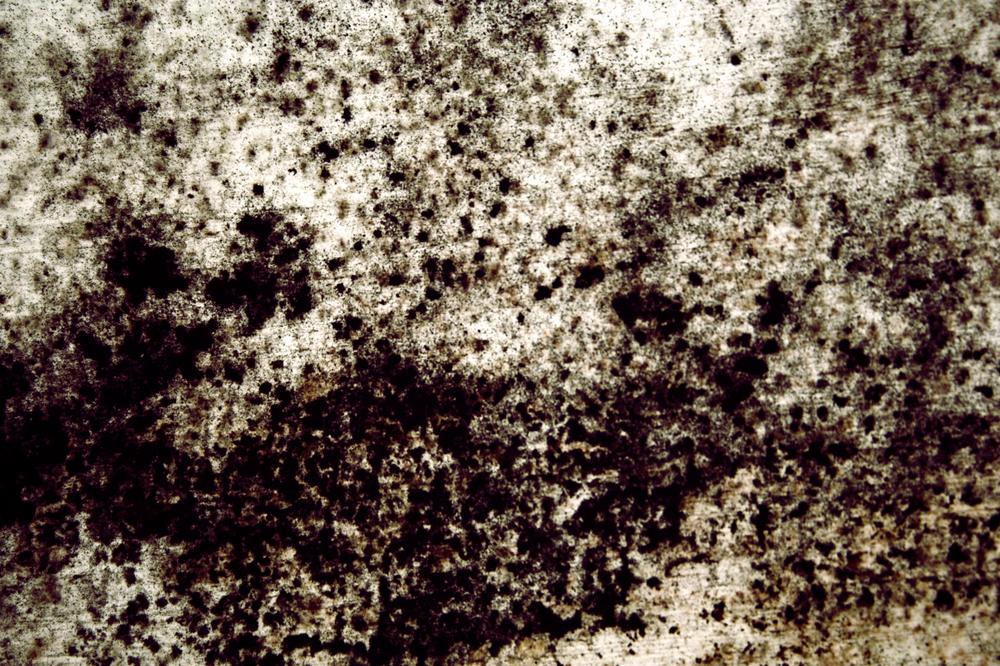
It’s time once again to make one of only a few yearly trips up to the attic. Maybe you’re looking for those long lost Fourth of July decorations, or maybe it’s time to haul out those hefty window AC units. Whatever the case, everything is going smoothly when out of the corner of your eye, you spot some gray and black stains on your attic insulation. “Is that mold?” you ask. “And how did it get there?”
Mold on insulation is more common than you may think, and it can occur anywhere from the crawlspace up to the attic. It can have a number of causes — all of which have one thing in common: moisture.
What Causes Mold to Grow on Insulation
Mold growth on insulation is usually a sign that there is a moisture issue on or near your insulation. If you see mold on your crawlspace or basement insulation, for example, there could be water drainage issues or excess humidity lingering in the crawlspace or basement.
If you see mold on your attic insulation, on the other hand, the cause will be something different. Moisture often accumulates in the attic during the winter — when warm indoor air rises and hits cold surfaces in the attic, causing moisture in the air to condense into liquid. Excess attic moisture may also be a result of a roof leak or of ice dams forcing melted snow underneath your shingles.
Meanwhile, mold can also multiply on wall insulation when water issues like plumbing leaks or siding leakage arise.
It may surprise you to learn that insulation materials themselves are not viable food sources for mold. Even cellulose insulation, which is made from recycled newspaper, is able to resist mold growth because it is typically treated with borate for fire resistance. When mold does multiply on insulation, it is usually because there is something else on the insulation for the mold to feed on — like dust, dirt, pest waste, or paper backing.
The Many Dangers of Mold
Mold in the house isn’t just unsightly. It can also harm your indoor air quality and even trigger allergy and asthma like symptoms, causing what is known as “mold sickness.” Symptoms of mold sickness include:
Sneezing
Runny nose
Red eyes
Skin rash
Shortness of breath
In addition to health symptoms, mold can cause musty odors and even undermine the structural integrity of your home. Moreover, water and mold reduce insulation’s ability to keep your home comfortable, potentially even driving up your heating and cooling costs.
Solutions for Mold & Damaged Insulation
Because mold growth on insulation is so often tied to a nearby moisture issue, it’s important to target the moisture issue at the source. We also recommend making the following home improvements:
Insulation removal
Of course, if any insulation in your home becomes damaged due to water or mold, it’s important to schedule insulation removal. Be sure to work with a home insulation contractor who understands how to remove mold-ridden insulation safely.
New insulation
Once any damaged insulation is removed, have your insulation contractor air seal and install new insulation as needed. An experienced insulation installer here in South Central PA understands how much insulation homes in the area need and can assess your home’s unique insulation needs. (Many homes in South Central PA are under-insulated, so you’ll likely be surprised by the positive impact this step has on your home comfort!)
Crawlspace encapsulation
Many indoor moisture issues start in the crawlspace. Crawlspace encapsulation targets crawlspace moisture issues at the source and includes the installation of a heavy duty vapor barrier to keep out excess moisture.
